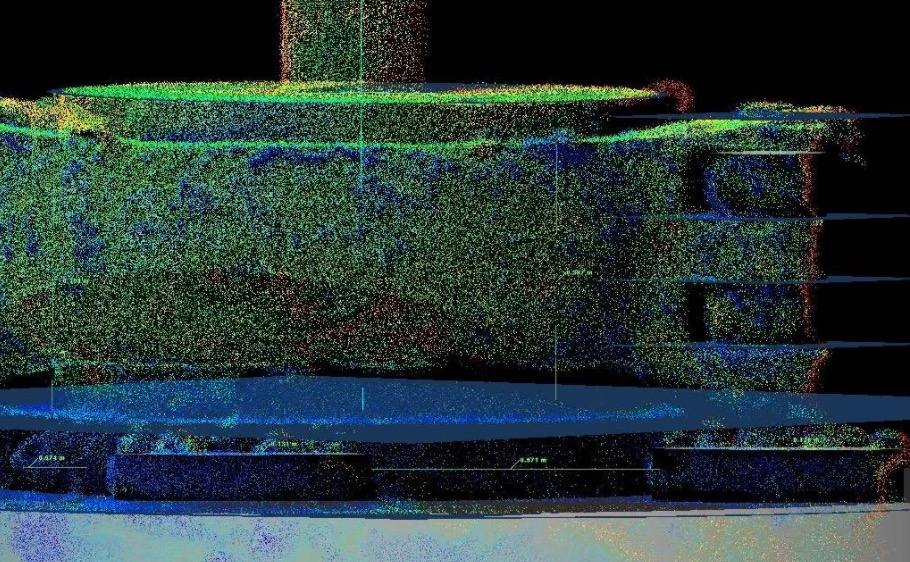
There’s an interesting use of 3D printing taking place: under the sea!
According to a report on MarineLink, there’s a big problem with abandoned undersea oil wells. These are mechanism installed on the sea floor, potentially thousands of meters below the surface.
Such structures still require maintenance, as they may leak if damage occurs due to inattention. Those leaks could result in environmental damage, as has been seen in the Gulf of Mexico.
The problem is that it is difficult to perform maintenance on the undersea units due to their high-pressure, watery environment. If maintenance is to be done, then it’s a big deal to organize and send down equipment and tools to perform the work. You don’t want to do it twice if you get it wrong.
That opened up a way to leverage 3D technology in this situation.
Two companies in the space, Fugro, a Canadian geotechnical and geospatial services provider and 3D at Depth, a provider of underwater LiDAR technology, teamed up to create a unique solution. LiDAR is a scanning technology similar to radar, but instead uses light beams for the scan.
Fugro’s ships took the LIDAR technology to a well site and captured a detailed 3D scan of the existing equipment. Their experiment was a success:
Approximately 44 million data points were collected at the well in 13.5 hours. The LiDAR laser data was processed using point cloud processing tools to compute the spatial relationships, measurements and orientations of the seabed structures.
The resulting deliverables included a 3D point cloud database, a dimensional report for each well, CAD files and a 360° animation of each well, modelled from the point cloud.
Having a very detailed 3D model of the site enabled engineers to design appropriate replacement gear that is guaranteed to fit. This is so important because some of the oil well equipment may have been damaged during its lifetime and standard replacement parts may not work properly.
The team then produced replacement parts with combination of 3D printing and CNC milling technology.
I find this approach very interesting because it demonstrates a valuable use case for 3D printing. While some businesses enjoy the ability to create lighter, stronger or impossible parts, this one provided a way to save a considerable amount of money by simplifying the process.
Via MarineLink

